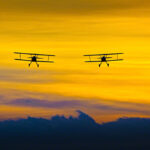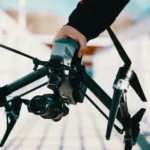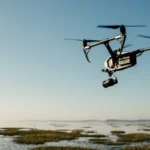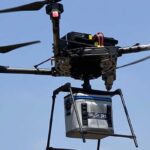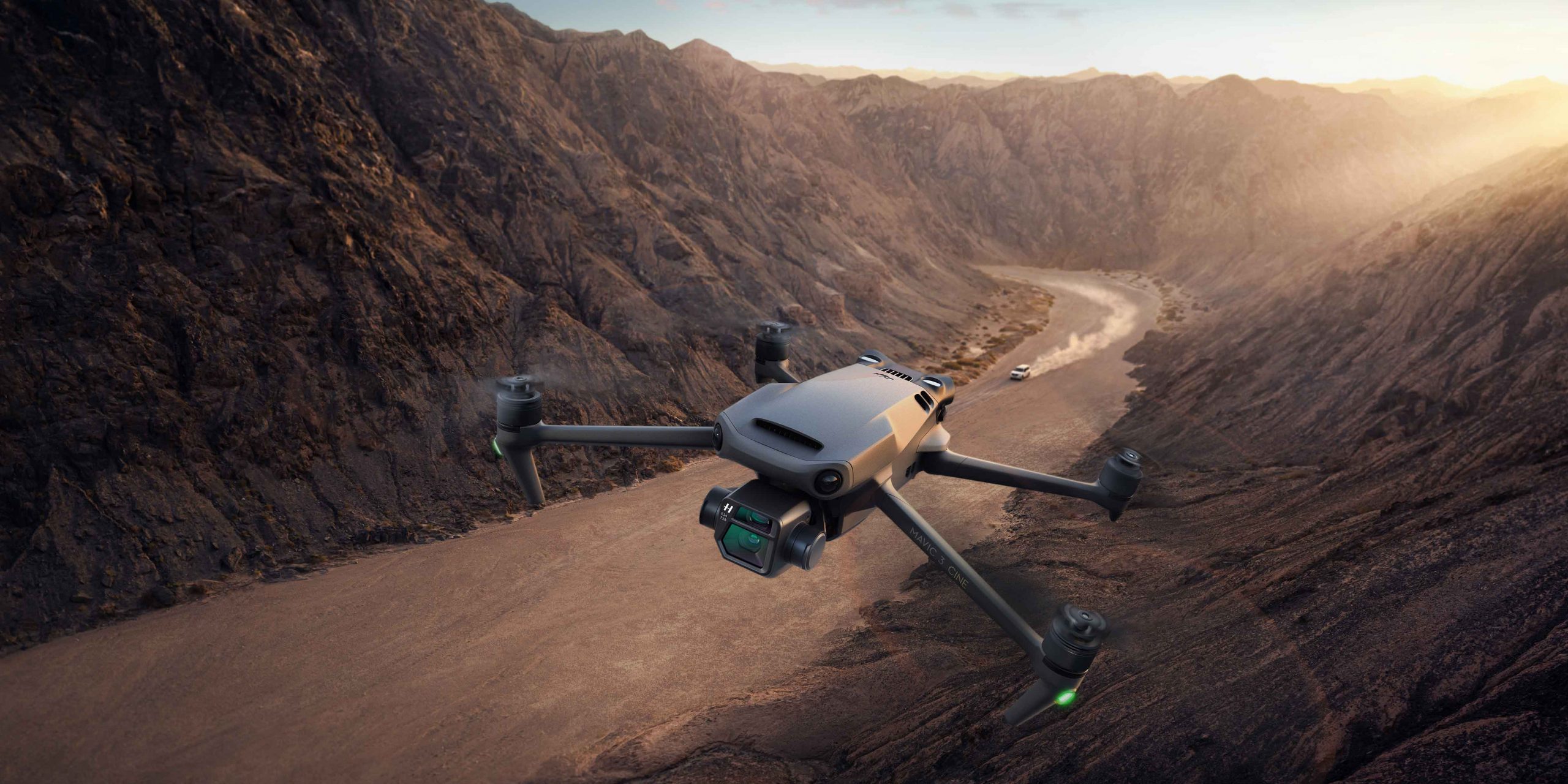
In the realm of visual storytelling, the allure of capturing the world from above has become more accessible than ever, thanks to advancements in drone technology.
Aerial footage adds a dynamic and cinematic dimension to storytelling, offering perspectives that were once the realm of big-budget productions.
In this comprehensive guide, we delve into a variety of aerial footage techniques that elevate cinematography to new heights, providing filmmakers with a diverse set of tools to enhance their narratives.
Establishing Shots and Wide Perspectives
Aerial footage is unparalleled when it comes to establishing shots and wide perspectives.
It allows filmmakers to introduce the audience to the setting of a story in a grand and sweeping manner.
From vast landscapes to sprawling cityscapes, the bird’s eye view captures the scale and context that sets the stage for the narrative.
Smooth Panning and Tilting Movements
Smooth and controlled camera movements are essential for achieving professional-looking aerial footage.
Panning and tilting the camera create dynamic shots that reveal different aspects of the environment.
These movements are versatile and can be used to follow subjects, explore surroundings, or add visual interest to a scene.
Tracking Shots for Dynamic Motion
Tracking shots involve following a subject in motion, adding a dynamic and kinetic quality to the footage.
Whether it’s tracking a moving vehicle, a person, or wildlife, this technique injects energy into the narrative.
Modern drones with advanced tracking features make it easier than ever to capture seamless and compelling tracking shots.
Orbiting and Circling Movements
Orbiting or circling around a point of interest provides a 360-degree perspective, offering viewers a complete view of the surroundings.
This technique is particularly effective for showcasing architecture, natural landmarks, or any subject that benefits from a comprehensive view.
Experimenting with different speeds and distances enhances the visual impact of orbiting shots.
Crane Shots for Dramatic Elevation
Drones have made it possible to achieve crane-like shots without the need for elaborate equipment.
Soaring smoothly into the sky or descending gracefully towards a subject adds a dramatic and cinematic touch to the footage.
Crane shots are excellent for revealing the scale of a location or transitioning between different levels of a scene.
Fly-Throughs and Navigating Spaces
Fly-through shots involve navigating through spaces, whether it’s natural landscapes, architectural structures, or urban environments.
This technique adds a sense of exploration and intimacy, allowing viewers to experience spaces from a perspective that was once impossible. Precision piloting is crucial for capturing smooth and captivating fly-throughs.
Dynamic Zooming with Gimbal Control
Modern drones equipped with gimbals offer the capability for dynamic zooming during flight.
This technique, often referred to as the “dolly zoom” or “Hitchcock zoom,” involves adjusting the drone’s altitude while simultaneously zooming the camera.
It creates a distinctive visual effect where the subject remains the same size in the frame while the background appears to warp or distort.
Time-Lapse Sequences for Temporal Narratives
Time-lapse sequences shot from the air add a unique dimension to storytelling by compressing time and capturing the changing dynamics of a scene.
Whether it’s the transition from day to night, the movement of clouds, or the ebb and flow of a bustling city, time-lapse aerial footage provides a visually stunning way to convey the passage of time.
Conclusion
Mastering aerial footage techniques opens up a world of creative possibilities for filmmakers.
Whether capturing the grandeur of landscapes, revealing intricate details, or adding a cinematic flair to storytelling, these techniques empower cinematographers to push the boundaries of visual expression.
As technology continues to advance, the sky remains an expansive canvas for filmmakers to explore and redefine the art of cinematography.

